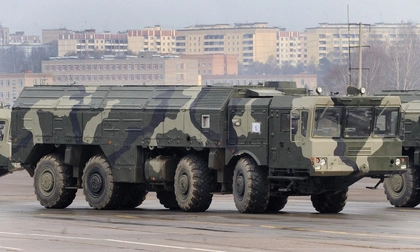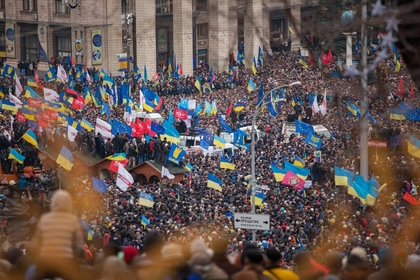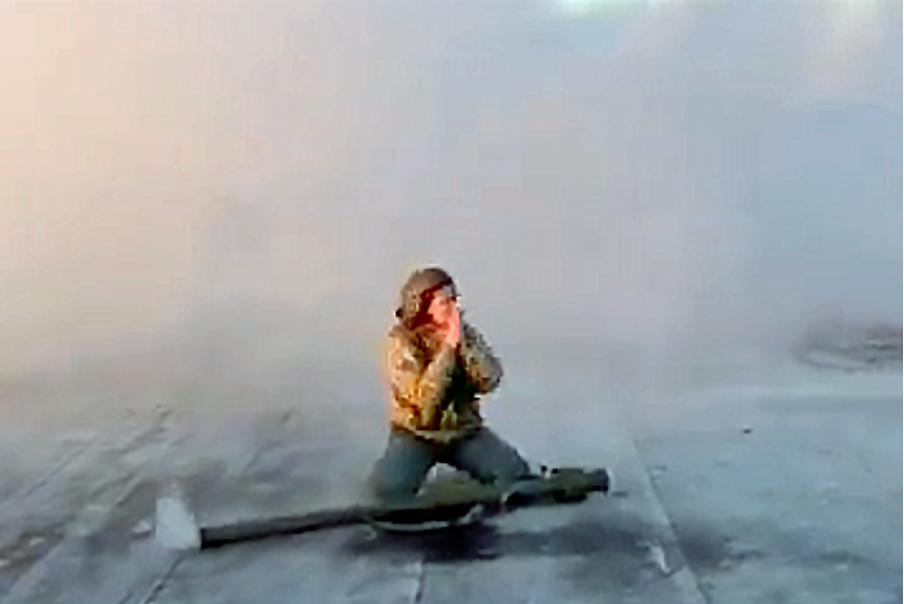Russian President Vladimir Putin signed a decree on Monday to boost active troop numbers by 180,000, bringing the total to 1.5 million due to alleged “threats” along its borders and hostility in the West.
The decree, effective Dec. 1, stipulates that Russia’s armed forces should be increased to a total of 2.38 million troops, with 1.5 million on active duty.
JOIN US ON TELEGRAM
Follow our coverage of the war on the @Kyivpost_official.
The increase, once realized, would see the Russian military become the second largest in the world by active troop numbers after China.
Kyiv Post covered the expansion in detail in an earlier report.
The Kremlin cited alleged threats “along the perimeter of [its] borders” for the troop expansions.
“This is caused by the number of threats that exist for our country along the perimeter of our borders,” Kremlin spokesman Dmitry Peskov told reporters.
“It is caused by the extremely hostile situation on the western borders and instability on the eastern borders,” he added, as reported by AFP.
Putin estimated in June that almost 700,000 troops were fighting in Ukraine. Kyiv estimated Russian troop casualties since the 2022 invasion to be approximately 635,880 as of Sept. 17.
In the past six weeks, Russia has scrambled troops to halt a Ukrainian cross-border offensive in its Kursk region and also ramped up its offensive in east Ukraine with some successes.
Will there be a general mobilization in Russia?

French Policy Playing Into Iranian and Russian Hands
The addition of 180,000 active troops likely wouldn’t necessitate a general mobilization in Russia.
In 2022, when Russia announced a partial mobilization – much to the displeasure of the population – only 244,000 were mobilized. The current 180,000 target is also similar to the last expansion, which Russia was supposedly able to achieve through covert mobilizations, a feat achieved by a mix of rewards and coercion.
As of July, a NATO official estimated that Russia had been covertly mobilizing approximately 30,000 troops per month to sustain the losses suffered from the front.
Assuming the number is accurate and the pace remains unchanged, Russia could achieve its expansion target within six months without the need for a public mobilization drive.
Russia vs NATO troop numbers
Western defense officials have warned of a potential invasion by Russia on NATO’s eastern flank in the near future – Germany’s defense minister said in five years – though the Russian troop increase likely won’t pose a risk to the West at present.
In terms of personnel numbers, 1.5 million active Russian troops would be stacked against NATO’s 3.2 million at full force – 1.4 million alone from the US – should a global conflict break out. That said, there’d still be a need for the US troops to reach Europe should that ever happen.
In addition, a majority of Russian troops are also bogged down in Ukraine – 700,000, according to Putin.
NATO also reported in June that it “comfortably exceeded” its target of placing 300,000 troops on high readiness against threats from Russia, though it also acknowledged “capability gaps” such as air defenses and long-range missiles, hinting a partial readiness should things deteriorate.
But considering that most of Russia’s troops and equipment were also concentrated in Ukraine, with Western sanctions affecting – albeit unable to halt – the supply chains Moscow needed to manufacture weapons, the threat of conventional warfare between NATO and Russia remains minimal.
With that, it’s unlikely that Russia’s troop increase would act as a precursor to an invasion against NATO.
You can also highlight the text and press Ctrl + Enter






